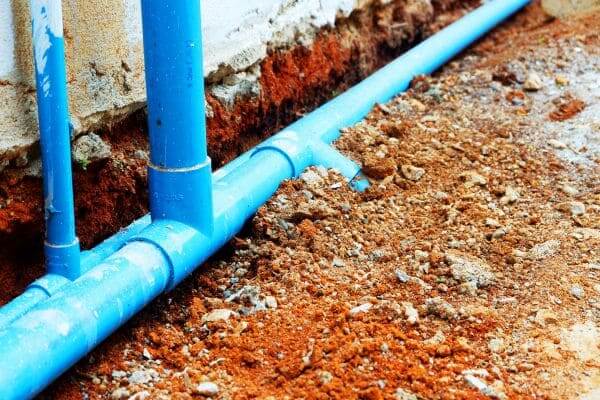In the field of modern plumbing, a significant innovation has been the repair of pipes without any work. This revolutionary method makes it possible to solve subway pipeline problems without the need for costly and disruptive excavations. It is an ideal solution for densely populated urban environments and historic buildings where environmental conservation is paramount. In this article, we delve into the world of no-build pipe repair, explaining its operation, advantages and applications, thus providing a complete overview of why this method is transforming the sanitation and plumbing industry.
The concept of repairing pipes without any construction work
Understanding the process
No-work pipe repair is an innovative process that avoids the need to dig trenches to access damaged pipes. Using technologies such as the insertion of special coatings and resins, the inside of the pipes are repaired from the inside. This method begins with a detailed inspection using advanced video cameras to accurately diagnose the problem. Then, depending on the damage detected, the most appropriate technique is chosen. This approach is not only less invasive, but also faster and less expensive compared to traditional pipe repair methods.
Techniques used
Among the most common techniques in jobless pipe repair is cured-in-place pipe sleeve (CIPP) technology, a versatile solution for repairing long lengths of pipe. This technique involves inserting a flexible liner impregnated with a special resin into the damaged pipe and then curing it in place, forming a new pipe inside the old one. Stitch patches are ideal for localized repairs and consist of applying a resin patch over the damaged area. Spray coating, on the other hand, is a method that applies a resin coating to the inside of the pipe, suitable for surface damage or as a preventive measure against corrosion and wear.
Advantages of non-construction pipe repair
Efficiency and lower environmental impact
One of the main advantages of non-construction pipe repair is its efficiency. Jobs can be completed in significantly less time compared to traditional methods. In addition, this approach is much more environmentally friendly. An article in Plumbing & Mechanical notes that the pipe relining technique is becoming a preferred option due to its less intrusiveness and a more complete and superior end product compared with the This translates into a more cost-effective short- and long-term approach to pipeline repair.
Cost-effectiveness and durability
The repair without construction work is not only faster, but also more cost-effective. By reducing the labor and machinery costs associated with excavation, a significant reduction in total project cost is achieved. In addition, the materials and techniques used in this method ensure a long-lasting repair, often extending the life of the pipes beyond what could be achieved with traditional methods. This means less maintenance and repairs in the long term, offering a cost-effective and long-lasting solution to pipeline problems.
No-work pipe repair applications
Residential and commercial
No-work pipe repair is extremely versatile, being applicable in both residential and commercial environments. In homes, it is ideal for repairing drainage pipes damaged by tree roots or corrosion. Commercially, it is used to troubleshoot sewer systems and industrial pipelines without disrupting business operations or damaging critical infrastructure.
Municipal and urban
In the municipal context, this method is essential to keep the urban infrastructure running smoothly. It is especially useful for repairing water and sewer pipes under streets and historic buildings, where preservation of the environment is crucial. Municipalities can benefit greatly from the speed and efficiency of this method, minimizing disruption to local residents and businesses.


Recent Comments